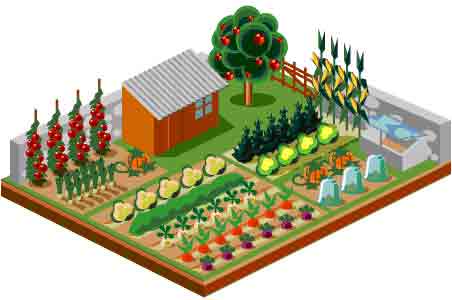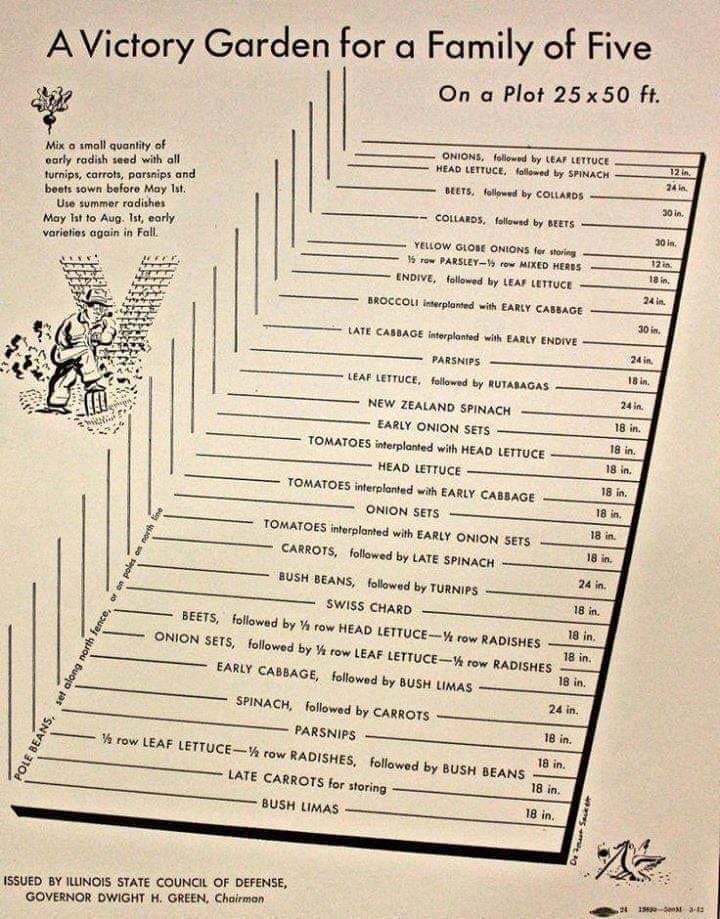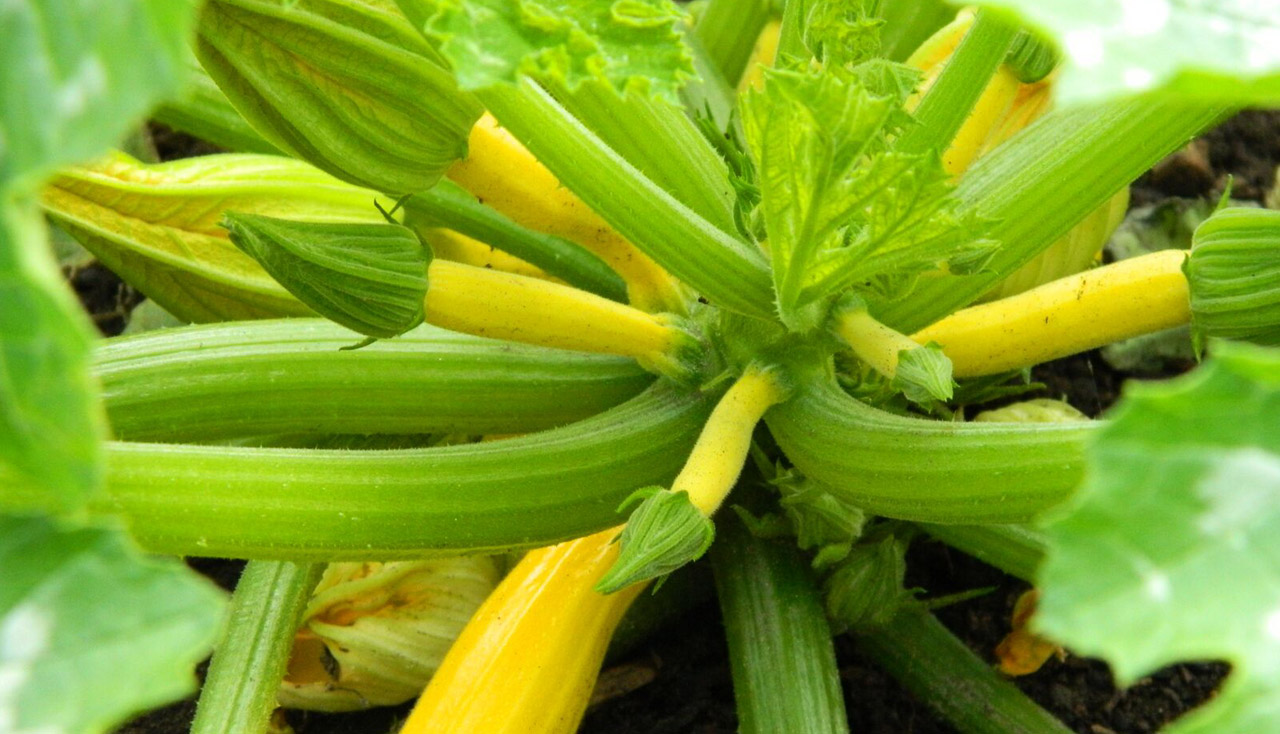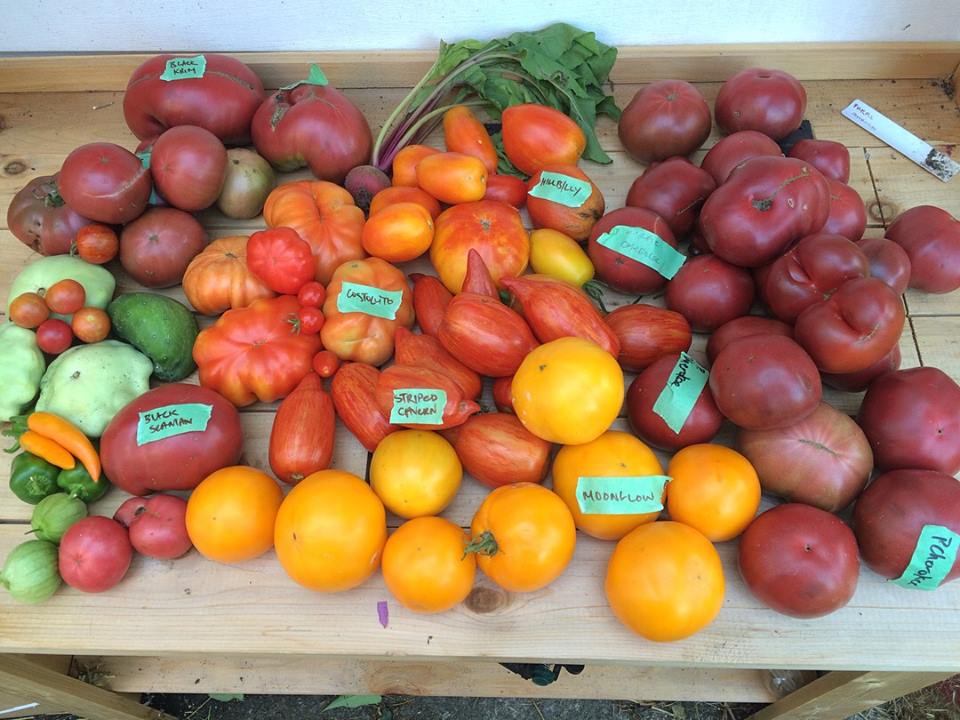
Now is a great time to start planning your garden for the season!
The following are some basic tips to get you started and to help you maximize any space to get the most out of your garden!

Step #1: Draw a basic plan of your garden site (or you dream site!)
Don't worry about keeping it to scale, but do think about including features such as water access, trees, compost areas, pathways, fences, ect.
Step #2 Ask yourself some basic questions:
*Note: If you haven't had a garden in the past, just think of you the garden you would like to have, and what produce you would like in it!
1. What produce did you most enjoy having in your garden? Why?
2. Did you grow too much of anything? Or grow something you didn’t enjoy?
3. What flourished in your garden? What didn’t do as well?
4. Was there anything that you wish you had grown that you didn't?
5. What are your main motivations for planting a garden this season?
- Growing food to feed yourself or your family
- Growing food to can or store for the winter
- Growing food to donate to community food programs or others
- To get outside and get some exercise
- Other?

*Tip: Grow what you like to eat!!
Step #3: Picture Yourself in Your Garden in August:
What do you see growing around you?
How big have the plants gotten? I
What are you picking and enjoying the most? What might you wish you had more of?
Now, work backwards and make a plan to help get you there!

Step #4 How much will each plant produce?
Every garden will be a bit different, and depending on the amount of sun, soil quality and skills of the gardener, crops will produce at different rates, but there are few things you can think about to guide you through this process.
- How big will each plant get?
It is always hard to imagine when seeds first sprout, that some can get bigger than us! Tomatoes for example will get quite tall and busy and will need lots of room to grow. Squashes will vine and sprawl and can easily crowd out other crops if not given enough space. Many herbs such as peppermint and oregano can become borderline invasive over time and should be given space of their own to thrive or kept contained.
- How much will each seed produce?
Related to the question about, think about how different some crops can be in terms of their seed to produce ratio. Zucchinis for example can produce dozens of fruits from one seed while carrots, beets, radishes will only produce one fruit per seed. Some plants will produce more the more you pick them. Greens, herbs and beans for example continue to produce (to a point) the more you pick them.
Consider both of these factors when planning how much space to give each crop in your garden plan!
Step #5 Strength in Diversity
The greater diversity of both crops and varieties of crops (e.g. Cherry and Slicer tomatoes, or different colours of heirloom carrots) will give you greater success in your garden! Not everything thrives every year, but the more diversity of crops grown the more you are likley to get an abudant harvest.
Planting a diversity of plants close to one another will help increase pollination rates, getting you a bigger harvest from your plants! Plus, it helps feed & keep pollinators healthy & happy.
If you are planning a vegetable garden, incorporate some flowers throughout to attract and feed pollinators and other friends to your garden. If you are planning a flower garden, why not add in some vegetables!

To learn some great tips to help Plan Your Garden and maximize space check out our posts on Starting Seeds Indoors, Companion Planting, Succession Planting, Season Extension , Square Foot Gardening and Container Gardening
Lots of other great factsheets on gardening here too
Some on-line garden planning tools that can be useful too
A great link including a chart to help figure out how much to plant to feed various sized families too
Great tips from Modern Farmer on how to plan for a 1, 10, and 32 square foot garden!








